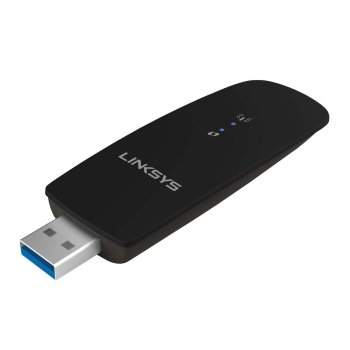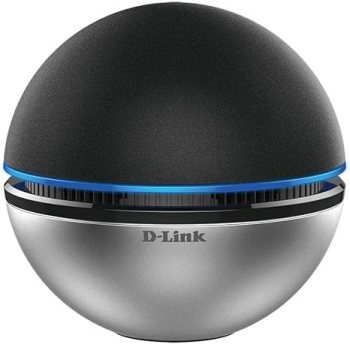- Compact and portable
- Reliable performance
- Easy to install
- Unique design
- High-speed performance
- Strong signal reception
- Limited range
- Not ideal for large homes
- Bulky size
- Higher price point
Linksys WUSB6300 vs D-Link DWA-192
When it comes to upgrading your computer's wireless capabilities, choosing the right wireless adapter can be a daunting task. Two popular options on the market are the Linksys WUSB6300 and the D-Link DWA-192, both of which are high-performance wireless adapters designed to provide fast and reliable internet connectivity. In this comparison, we'll delve into the features, performance, and differences between these two wireless adapters.
Overview
The Linksys WUSB6300 is a dual-band USB 3.0 wireless adapter that supports Wi-Fi 802.11ac standards, offering speeds of up to 867 Mbps on the 5GHz band and 300 Mbps on the 2.4GHz band. On the other hand, the D-Link DWA-192 is also a dual-band USB 3.0 wireless adapter that supports Wi-Fi 802.11ac standards, with speeds of up to 1.3 Gbps on the 5GHz band and 600 Mbps on the 2.4GHz band.
Design and Build
Both wireless adapters have a compact design, making them easy to carry around and use with laptops or desktops. The Linksys WUSB6300 has a sleek and minimalist design, with a small LED indicator that shows the adapter's status. The D-Link DWA-192, on the other hand, has a slightly larger design with a more prominent LED indicator. Both adapters have a durable build quality and are designed to withstand regular use.
Performance
In terms of performance, both wireless adapters deliver fast and reliable internet connectivity. However, the D-Link DWA-192 has a slight edge when it comes to speeds, thanks to its support for Wi-Fi 802.11ac Wave 2 standards, which enable faster data transfer rates. The Linksys WUSB6300, on the other hand, supports Wi-Fi 802.11ac Wave 1 standards, which still offer fast speeds but may not be as future-proof.
Range and Coverage
Both wireless adapters have a good range and coverage, thanks to their dual-band capabilities and external antennas. However, the D-Link DWA-192 has a slightly better range, thanks to its more powerful antenna design. The Linksys WUSB6300, on the other hand, has a more compact antenna design that still provides good coverage but may not be as effective in areas with high interference.
Compatibility and Ease of Use
Both wireless adapters are easy to install and use, with simple software installation processes and intuitive user interfaces. They are both compatible with Windows and Mac operating systems, making them versatile options for users with different devices. However, the Linksys WUSB6300 has a slightly more user-friendly interface, with clear instructions and easy-to-understand settings.
Conclusion
In conclusion, both the Linksys WUSB6300 and the D-Link DWA-192 are high-performance wireless adapters that offer fast and reliable internet connectivity. While they share many similarities, the D-Link DWA-192 has a slight edge when it comes to speeds and range, thanks to its support for Wi-Fi 802.11ac Wave 2 standards and more powerful antenna design. However, the Linksys WUSB6300 is still a great option for users who want a compact and user-friendly wireless adapter with good performance.
When choosing between these two wireless adapters, it's essential to consider your specific needs and preferences. If you're looking for the fastest possible speeds and don't mind a slightly larger design, the D-Link DWA-192 may be the better choice. On the other hand, if you prioritize compactness and ease of use, the Linksys WUSB6300 is still a great option.
Ultimately, both wireless adapters are excellent choices for anyone looking to upgrade their computer's wireless capabilities, and they are sure to provide fast and reliable internet connectivity for years to come. Whether you choose the Linksys WUSB6300 or the D-Link DWA-192, you can be confident that you're getting a high-quality wireless adapter that will meet your needs and exceed your expectations. Wireless adapters like these two options have become essential components of modern computing, providing users with the freedom to work and play online without being tethered to a physical connection.































